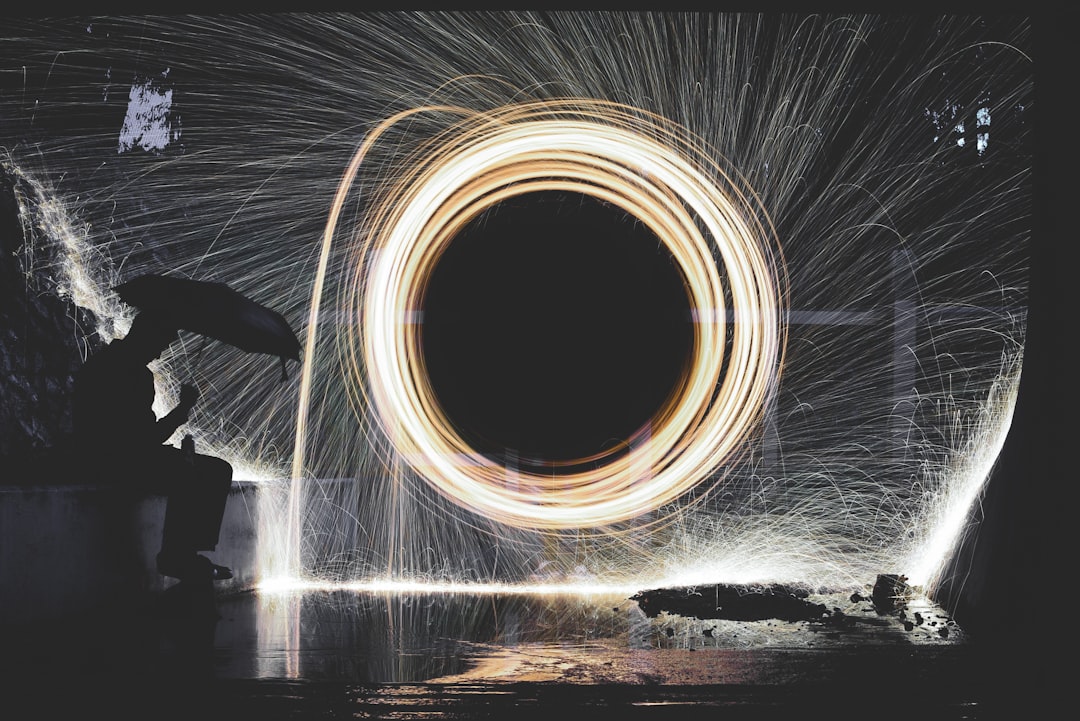What is it about?
The DARWIN mission aims at directly detecting exoplanets, particularly telluric ones, around nearby stars and at performing a spectral analysis of their potential atmosphere. The major difficulty in achieving this goal is the huge luminosity contrast between the star and its possible planet(s). The mission concept is based on the star light rejection by nulling interferometry. This concept has never been experimentally demonstrated with high values of rejection (105) in the thermal infrared where DARWIN will observe. In this paper, we describe a laboratory test-bed that uses a CO2 laser at 10.6 μm to achieve this goal in a monochromatic case. We describe its principle, its sub-systems, their realizations and the first results we obtained with this interferometer.
Featured Image
Read the Original
This page is a summary of: Interferometric coronography for the DARWIN space mission - Laboratory demonstration experiment, Astronomy and Astrophysics, May 2001, EDP Sciences,
DOI: 10.1051/0004-6361:20010363.
You can read the full text:
Contributors
The following have contributed to this page










